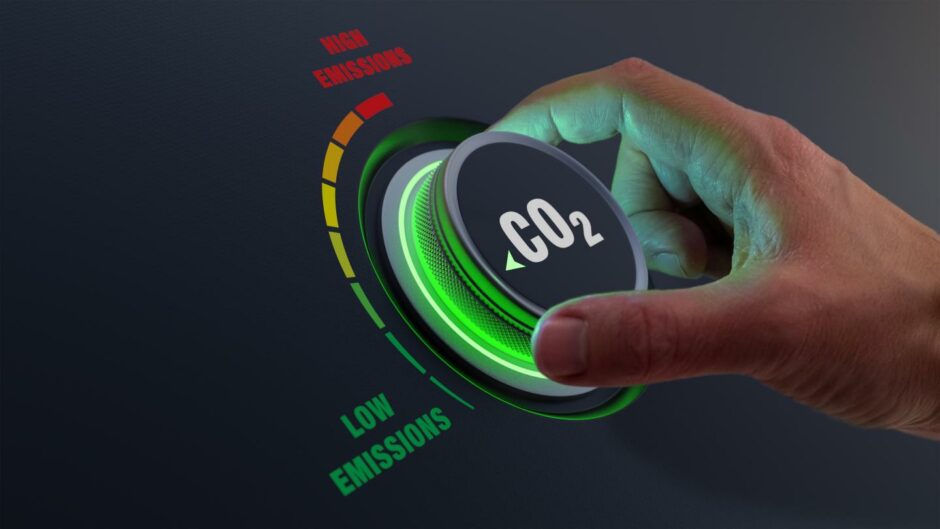
It’s set to be an action-packed year for majors, independents and national oil companies (NOCs) alike in 2022. Big choices will set strategic trajectories for the energy transition ahead and the M&A market is set to heat up with multi-billion dollar acquisitions on the horizon, reports energy research company Wood Mackenzie.
New research from the company indicates that oil and gas companies are likely to be bold in 2022. Formidable cash flow generation, increasing new energy opportunities and the development of a carbon market are a powerful force for change.
“2022 has the potential to be a truly transformational year,” said Tom Ellacott, senior vice president, corporate analysis at Wood Mackenzie.
“It’s clear that sitting on the decarbonisation sidelines isn’t an option. As stakeholder pressure intensifies, it’s time for big strategic decisions. These choices will set trajectories for the energy transition that will only gather momentum. Wood Mackenzie expects an exciting 12 months.”
Large publicly-listed companies will be bracing themselves for more regulatory, legal and investor challenges. The interconnected web of stakeholders creates an amplifying effect – stakeholders have stakeholders, and everyone is under growing pressure to decarbonise. The relative success of COP26 adds further urgency to act on carbon, said Wood Mackenzie.
Decarbonising
David Clark, vice president, corporate analysis, said international energy companies – and many national oil companies – will need to start preparing for a common set of rules that benchmark their progress to net zero.
“Investors will increasingly benchmark decarbonisation progress against peers and other industries. Decarbonisation laggards may start to face discounted ratings and rising funding costs – fuelling action to climb up the rankings on core metrics,” he said.
Rising stakeholder pressure could force US majors and large Independents to adopt European major-style net zero commitments. More national oil companies will release interim absolute carbon reduction targets given the crucial role they will play in meeting state Nationally Determined Contributions and long-term net zero ambitions, said Wood Mackenzie.
“Next year could see cash-rich companies ‘do it all’ if today’s prices hold. Indeed, increasing shareholder distributions while decarbonising and repositioning for the energy transition will be key to rebuilding the investment story,” Clark said.
Wood Mackenzie’s analysis indicates that deleveraging will have further to run. Many companies have committed to using surplus cash for buybacks and dividend growth, as well as constraining capital reinvestment rates. The sector needs US$50/bbl Brent to break even on a cash flow basis after dividends and firm buybacks in 2022. Buybacks could set records if high prices are sustained.
New Energy – CCUS And Hydrogen
Oil and gas companies will invest in low carbon at record levels to strengthen sustainability. The foundation laid in 2022 will support increasing capital allocation from old to new energy as the decade unfolds, predicts Wood Mackenzie.
While wind and solar will see the biggest spend, Wood Mackenzie expects the strategic narrative to broaden in 2022 as carbon capture, utilisation and storage (CCUS) and hydrogen hit the mainstream.
“More companies will also seize the opportunity to future-proof oil and gas portfolios. Even oil and gas pure-plays will need to align growth aspirations with increasing stakeholder pressure for Paris alignment. Emissions reduction and portfolio repositioning will dominate the strategic agenda,” added Clark.
Wood Mackenzie believes upstream emissions reduction could exceed expectations as companies push profitable decarbonisation to the limit. The deployment of offsets could increase – perhaps significantly – with the argument that these are placeholders while longer-term options are implemented.
M&A
The M&A market is likely to be busy in 2022. Greig Aitken, director, corporate analysis, said: “The US Lower 48 will again be at the epicentre of corporate consolidation. But it will extend to other regions, such as the North Sea.
“Companies will also capitalise on a window of opportunity to rationalise their portfolios in 2022, wary of longer-term price and regulatory risk. Many more players will be in a position to buy and will see an opportunity in sweeping up cash-generative assets for implied valuations as low as US$50/bbl,” said Aitken.
“The majors will remain net sellers in oil and gas. Shell’s recent US$9.5 billion Permian disposal underscores that previously untouchable assets could find their way onto the market,” he added.
Large acquisitions – ranging between US$5 billion to US$10 billion – outside upstream oil and gas seem more likely than not in 2022.
“Oil and gas companies are starting to think left-field as they rise to the challenge of the energy transition,” Aitken said.
“More internal M&A teams will evaluate completely different asset classes than in the past, from new low-carbon solutions, to critical resources for the energy transition. It’s probably too early to expect large investments in these completely new assets and technologies, but we expect to get hints of what is of long-term interest,” he added.
Recommended for you
